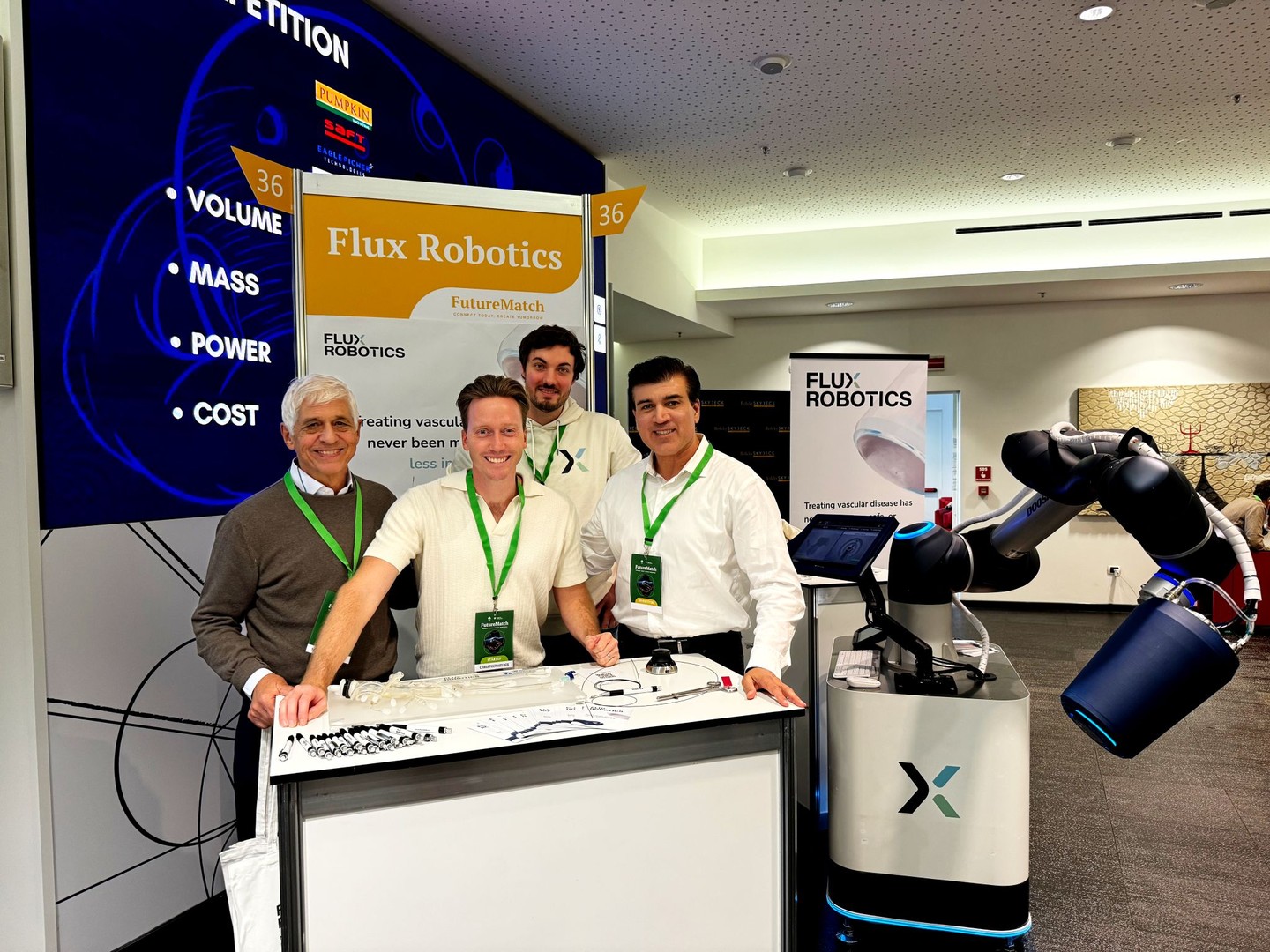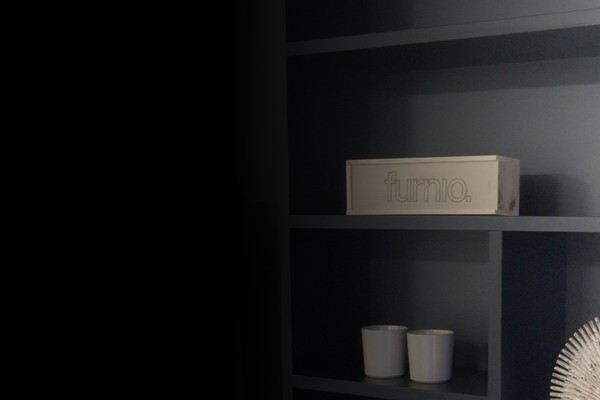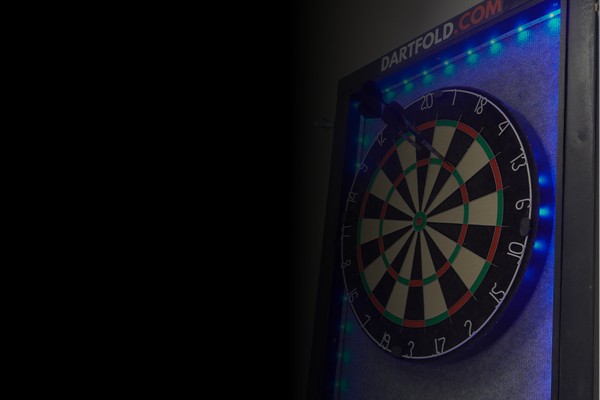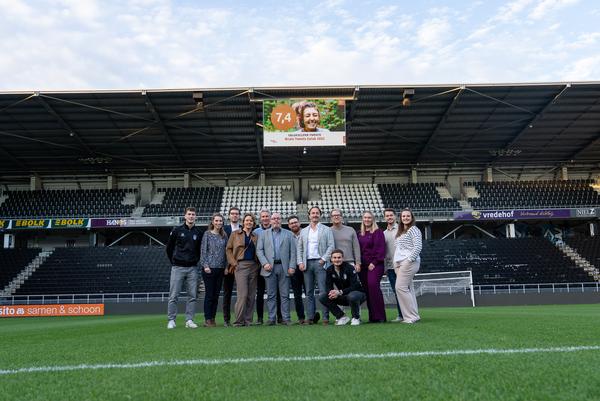
Flux Robotics is transforming surgery with high-tech medical innovation
In the heart of Twente’s innovation ecosystem, Flux Robotics is working on something that can quite literally save lives. Operating from the high-tech campus in Enschede, this spin-off from the University of Twente is developing a revolutionary robotic platform that helps doctors treat blocked blood vessels with unprecedented precision and safety.
Date of Publication: 17 July 2025
Read time +/- 5.4 minutes
Magnetic precision that saves lives
At Flux Robotics, everything revolves around one critical step in complex medical procedures: navigating a thin wire, known as a guidewire, through narrow or completely blocked blood vessels. Where surgeons now perform this step manually, often by feel and with a risk of damage, Flux offers a solution that is both safer and more efficient: magnetically guided robotic navigation.
“Think of it like a nut and bolt,” explains founder and CEO Christoff Heunis. “You can get far by hand, but sometimes you need a wrench to do the job precisely. Our robot is that wrench.”
Using external magnets, the robotic arm smoothly and precisely steers the wire through the blood vessels. The result? Lower risk of perforations, shorter procedure times, and less radiation exposure for surgeons. And ultimately: more successful treatments, shorter waiting lists, and faster recovery for patients.
Born out of necessity
Flux’s technology isn’t just an academic exercise, it was born at the operating table. Since 2017, Christoff and his team have observed dozens of procedures in operating rooms. They saw patients die because a guidewire pierced a vessel wall. They saw doctors struggle with limited tools. And they saw teams exposed to harmful radiation every day. “One day I thought: this could have been my grandmother,” says Christoff. “That moment changed everything.”
It sparked a mission: to reduce the risks of endovascular procedures. Not only for patients in the Netherlands, but worldwide - especially in regions that lack specialist surgeons.
A robot for every surgeon
What sets Flux Robotics apart is scalability. The technology can be used in a wide range of procedures: from peripheral vascular disease to heart and brain interventions. In the future, catheter systems could also be guided using the same technology. And thanks to AI and image recognition, fully automated navigation is only a matter of time.
But the vision goes beyond technology alone. “Technology is nothing without people,” says Christoff. “Our robots don’t replace the surgeon, they extend their expertise.”
Twente: a cradle of medical innovation
It’s no coincidence that Flux Robotics has its roots in Twente. The region is known for its strong high-tech innovation ecosystem, with the University of Twente, MedTech clusters, and organizations like Novel-T that guide startups from idea to market launch.
Flux works with clinical partners such as UMCG, is supported by Health Holland, and has recently secured investments from Future Tech Ventures and NextGen Ventures. With a local branch in Groningen, the team is steadily growing. But its core remains in Twente, where technology and entrepreneurship go hand in hand.
From lab to operating room
In the coming period, Flux is focusing on preclinical animal trials and building CE and FDA dossiers; crucial steps towards approval for clinical use. The first US tests are taking place in Miami, while Flux 2, the latest version of the system, is being further developed in the Netherlands.
For Christoff, who was born in South Africa, the mission is clear: to use the power of robotics to make healthcare more accessible worldwide. “In developing countries, there is often a shortage of specialist doctors. Our technology can bridge that gap. My ultimate goal? That a patient in a small hospital receives the same care as in an academic medical center.”
Share article on:






